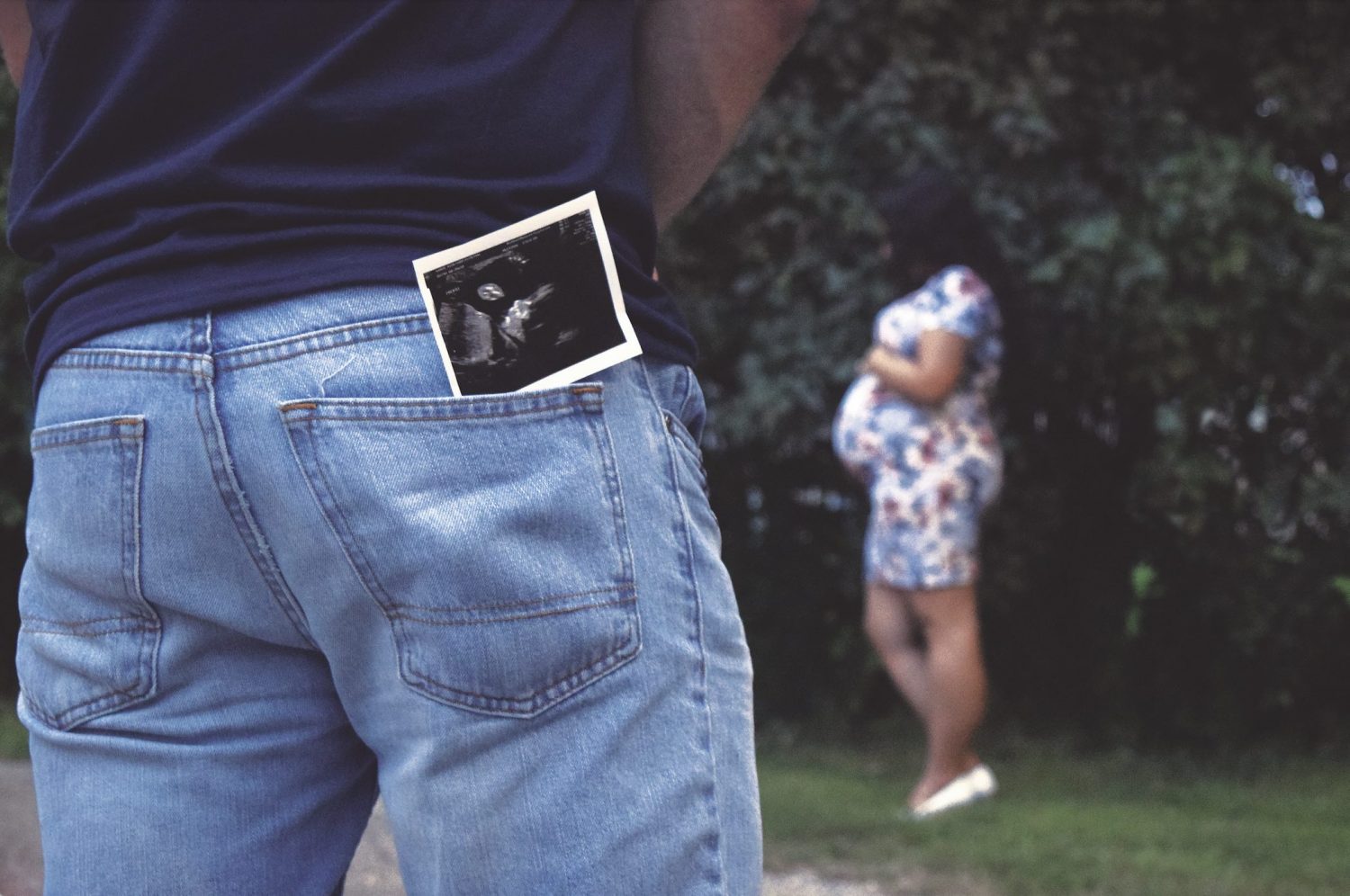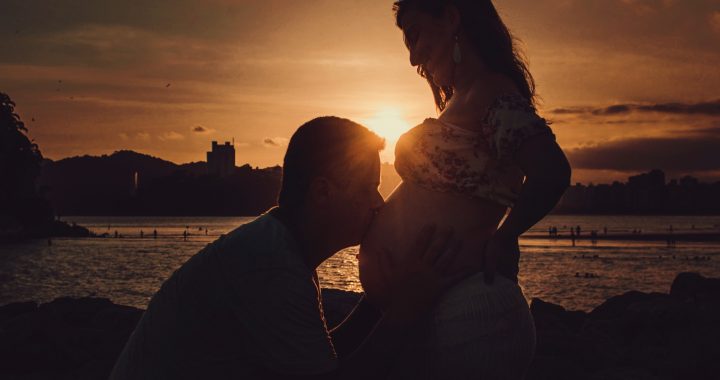Why countries outside the US must not be too obsessed with Roe vs Wade ruling
When the United States Supreme Court reversed the decades-old Roe vs Wade case that recognised women’s constitutional right to have abortions, it received prominent news coverage around the world.
There is a sense of widespread relief among pro-life supporters. Why is this so? The latest ruling is not about abortion rights as it is about an interpretation of the US Constitution.
What the US justices ruled is that the Court’s previous decision in 1973 that the 14th Amendment protected abortion rights was “an abuse of judicial authority” and relied on “egregiously wrong” reasoning.
They returned to the 50 states the responsibility of deciding whether abortion should be allowed in their respective territories. At the time of writing, it is still legal in many states. Depending on which party is in power, who is to say Roe v Wade won’t make a comeback?
But this latest ruling has no bearing outside the United States. And Roe vs Wade should not be of any concern to Asia.
Why? Because of this grim statistic from the US-based Guttmacher Institute: The lives of 38 million unborn children killed in their mothers’ wombs each year in Asia. This includes almost six million in Southeast Asia from 2015 to 2019, which is an increase of 21% from the 1990-1994 period.
For the sake of comparison and depending on whether it’s the Centers for Disease Control and Prevention (CDC) or Guttmacher’s statistics are used, between 630,000 and a million mothers opt for abortions each year in the United States.
The problem as the numbers show is that this crisis is about 38 times more acute in Asia. In Southeast Asia only Brunei, Laos and the Philippines prohibit abortion outright.
In Singapore from a peak of 23,512 abortions in 1985 the numbers have steadily dropped to 4,029 (Ministry of Health) in 2020. Across the Causeway, the Federation of Reproductive Health Associations Malaysia estimates that about 90,000 pregnancies are aborted annually. The figure in Indonesia was 1.7 million in 2018, and 437,000 in Thailand during 2015–2019, according to Gettmacher’s data.
There are no official statistics for Vietnam, but the country’s news outlet, VN Express, reported in 2016 that 40% of all pregnancies in the country were terminated. This would put the number of abortions at about a million in that year which had 1.49 million live births.

Pexels, Nicole Ganze
What it takes to stop the killing of unborn babies in Asia?
The answer to this is about changing hearts and minds. For Catholics, non-Catholic Christians and people of goodwill, this is the only sure-fire way to protect the lives of the unborn.
But the obstacle towards this goal is massive because not all cultures and religions believe that life begins at conception. Compounding it, legislation to provide “safe” access to abortion has been around since 1948, with Japan the first to legalise it in Asia, to curb the “population bomb” in the world’s biggest continent.
Adding to this problem, many secular governments are quick to rebuff religious teachings, especially the Catholic Church’s, as not being in touch with the times.
This point was underlined in passing the Singapore Abortion Bill in 1969 against the backdrop of too many women “resorting to dangerous do-it-yourself home procedures” or “to back-street and illegal abortionists, usually with tragic results”.
The then-Minister of Health Chua Sian Chin highlighted three main objections to the Bill, the first of which was religious:
Briefly the basis of objection is that abortions destroy the life of a foetus. Since the foetus is the beginning of human life, induction of abortion is equivalent to murder. This is a matter of viewpoint. Learned men, medical or otherwise, for centuries have not been able to agree on whether the foetus is human life.
In my view abortion is not murder. The destruction of the early conceptus differs in no essential way from destruction of the sperm cell or egg cell before the act of fertilization. No one mourns for a sperm killed by a spermatoxic contraceptive cream or an ovum permitted to die twelve hours after ovulation, because the woman from whose ovary it came knew how to prevent its survival by practising the rhythm technique of birth control.
After 53 years, is this the prevailing view today? I have no doubt it is with the growing secularism among Asians, even among not a few Catholics and in unlikely places such as in the Philippines. The Catholic majority country is under pressure from advocacy groups such as the Philippine Safe Abortion Advocacy Network to pass abortion laws. Rogue priests often aid their cause.
What must Christians do?
It is one thing to teach that abortion is the killing of an unborn human life and a grave sin. It is another thing not to address the underlying causes that lead women to end their children’s lives.
As cited in Singapore’s passing of the Abortion Bill in 1969, the causes are the same everywhere: unplanned pregnancies have led many, especially impoverished women, to opt for unsafe abortion. They have nowhere and no one to turn to for comfort and advice. The fear that they are bringing a baby into dire poverty is often the trigger to kill their babies before birth.
At the height of abortion cases in Singapore in 1985, Redemptorist Father Edmund Dunne started the Family Life Society (now known as Catholic Family Life) to offer pregnancy crisis counselling and help to all women, regardless of religious background. Two years later he started Pregnancy Crisis & Support, a hotline for those in dire need of a friendly listening ear. It was the first of its kind in Singapore and Southeast Asia.
Fr Dunne’s efforts led to other non-Catholic groups reaching out to women facing a pregnancy crisis. Did all this good work lead to a decline in abortions over the decades? I have no doubt it did.
But this isn’t enough. Catholics cannot twiddle their thumbs and leave the heavy lifting to those like the late Fr Dunne. It takes a village to transform hearts and minds, and if we are to achieve this, every Catholic must get on board.
It begins with catechising our fellow Catholics, especially our young, on the sanctity of life and why sex outside of marriage can only lead to knots such as unplanned pregnancies. Abortion has never been and never can be a human right. Pope Benedict XVI emphasised this point in Vienna in 2007 in his address to diplomats and representatives of international organisations:
It was in Europe that the notion of human rights was first formulated. The fundamental human right, the presupposition of every other right, is the right to life itself. This is true of life from the moment of conception until its natural end. Abortion, consequently, cannot be a human right. It is the very opposite, it is a deep wound in society.
Pope Benedict XVI
Read: EU Bishops say ‘No such thing as a right to abortion’
The Jesus way to changing hearts
Faced with crisis, Catholics are often in the habit of asking, “What would Jesus do?”. That’s the wrong question because Christ left us a template on what to do. So, the question should be, “What did Jesus do?”.
Christ never forced His listeners to follow Him or do what He did. Instead, He invited people to listen to His Gospel, the Good News of Salvation. Christ spoke with love for the people who heard Him and the numbers who followed Him grew because they could not get enough of what He was teaching them. His following swelled to such an extent that it frightened the Jewish leaders into plotting to crucify Him on the Cross.
This is why activism in any form, for or against causes, never convinces anyone. Instead, it creates animosity, hatred and division.
Beyond catechising every Catholic first and creating disciples to spread this truth about the evil of abortion, we must evangelise the unbelieving world. And we must use every scientific evidence at our disposal and rope in such scientists to help us enlighten the sceptics of the world.
Read: Science on when human life begins
Only when we can speak of the Catholic truth about the beginning of life, we will have the vaccine to protect the unborn from the increasing abortion legislation to execute them before they are given a chance to live from womb to tomb.
When people realise this is what is actually written in their hearts about the reality of life and murder, then, our efforts to stop the killing of millions of babies in their mothers’ wombs in Asia and beyond can make real headway.
